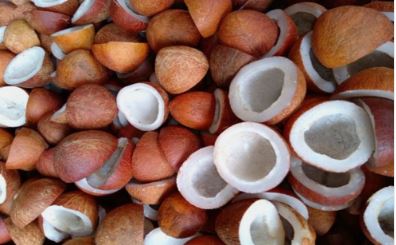Milk, a staple in many diets across the globe, has undergone a remarkable transformation in its journey from farm to table. Today, the dairy aisle offers a bewildering array of choices, with pouch milk and tetra pak milk emerging as two popular contenders. As a dietitian and food reviewer, I'm passionate about helping people make informed choices about the foods they consume. So, let's embark on a fascinating exploration of these two milk varieties, unraveling their mysteries and empowering you to choose the best fit for your lifestyle and preferences.
Tetra Pak Milk: UHT processing and beyond
Tetra Pak milk, often synonymous with Ultra-High Temperature (UHT) processing, represents a triumph of food science. This ingenious method involves heating milk to a scorching 135-150°C for a mere few seconds, effectively eliminating harmful bacteria and spores. This intense heat treatment unlocks the secret to extended shelf life, making Tetra Pak milk a pantry essential for many.
Pros:
Unrivaled shelf life: Ideal for stocking up, traveling, or situations where refrigeration is limited.
Enhanced safety: The high heat obliterates bacteria, significantly reducing the risk of milk-borne illnesses.
Unwavering convenience: No more frantic dashes to the store for fresh milk every few days.
Disaster preparedness: A reliable source of nutrition during emergencies or natural disasters.
Cons:
Subtle taste alteration: Some discerning palates may detect a slightly "cooked" flavor due to the intense heat.
Potential nutrient impact: While generally minimal, some heat-sensitive vitamins like B12 may experience a slight reduction.
Environmental considerations: The multi-layered packaging of Tetra Paks can pose challenges for recycling.
Pouch milk: Embracing freshness and minimal processing
Pouch milk, often associated with a sense of nostalgia and traditional delivery methods, takes a gentler approach to preservation. Pasteurized at lower temperatures (around 72°C for 15 seconds), it retains a fresher, more natural taste that many find appealing.
Pros:
Superior flavour profile: Many individuals favor the taste and texture of pouch milk, appreciating its closer resemblance to raw milk.
Minimal processing: By avoiding ultra-high temperatures, pouch milk retains more of its natural enzymes and vitamins.
Shorter shelf life: While some may view this as a drawback, it ensures you're consuming milk at its peak freshness.
Potential environmental benefits: Pouch packaging often involves less material and may be easier to recycle in certain regions.
Cons:
Refrigeration reliance: Pouch milk demands constant refrigeration to maintain its quality and safety.
Limited shelf life: Requires more frequent purchases and consumption within a few days.
Potential for spoilage: If not handled or stored properly, pouch milk can spoil more quickly than UHT milk.
A Nutritional head-to-head
Both UHT milk and pouch milk contribute essential nutrients like calcium, protein, and various vitamins to a balanced diet. While UHT milk may experience a slight decrease in certain heat-sensitive vitamins due to processing, it retains the majority of its nutritional value. Pouch milk, with its minimal processing, may hold a slight advantage in preserving some vitamins and enzymes. However, the overall nutritional differences are generally not significant enough to favor one type over the other solely based on nutrient content.
Factors influencing the choice
Choosing the ideal milk for your needs extends beyond just nutrition. Consider these factors:
Lifestyle: Do you lead a busy life on the go? Tetra Pak's long shelf life might be more convenient.
Taste preferences: Do you crave the freshest, most natural flavor? Pouch milk might be your preferred choice.
Accessibility: Is fresh milk readily available in your area? Or do you rely on longer-lasting options?
Environmental concerns: Are you passionate about reducing waste and supporting sustainable packaging? Research the recycling options in your region for both types of milk.



















































